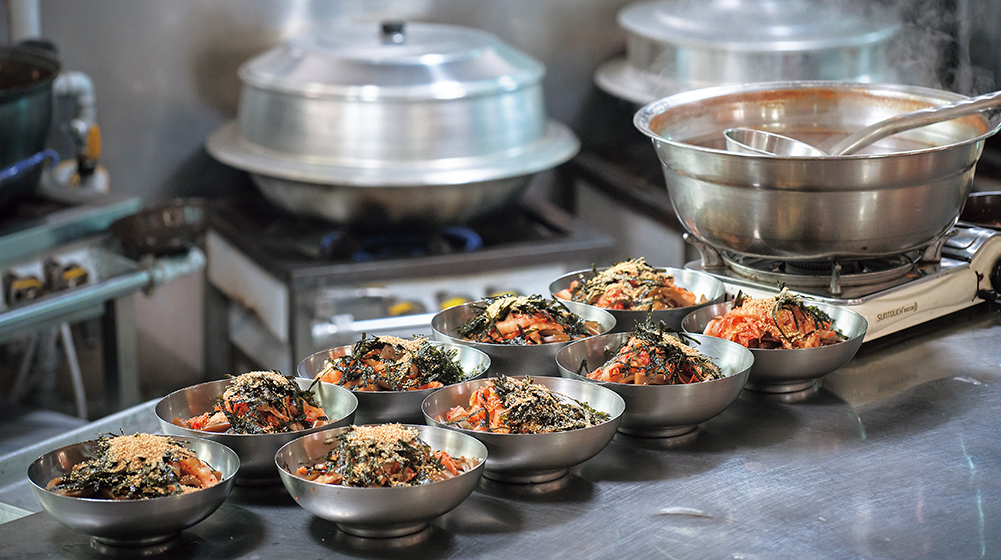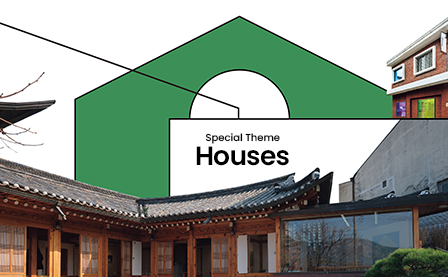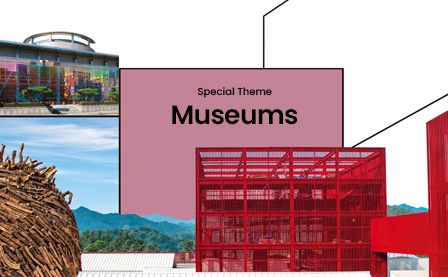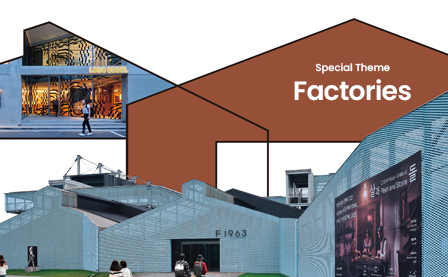February 2023

Local
Dining
Photographed by Studio Kenn
Welcome to
Noodle City
There is a good chance that if you ever visit Daedeok Innopolis and are looking for a good eatery, you will be told about a kalguksu (knife-cut noodle soup) restaurant or dotori muksabal (acorn jelly in a bowl).
Local
Dining
Photographed by Studio Kenn
Welcome to
Noodle City
There is a good chance that if you ever visit Daedeok Innopolis and are looking for a good eatery, you will be told about a kalguksu (knifecut noodle soup) restaurant or dotori muksabal (acorn jelly in a bowl).
Kalguksu came in top place in a 2019 survey of Daejeon’s representative foods targeting Daejeon residents. You may probably guess how much the people of Daejeon love kalguksu by looking at the “Kalguksu Festival” held there every year. How did Daejeon become the hub of kalguksu?
Kalguksu Junction
There is a historical background to this. Daejeon, located in the heart of Korea, has long served as a significant transportation hub. In particular, Daejeon serves as a cross junction for the railroads that connect the eight provinces of the nation. During the Korean War, flour, a relief supply provided by the United States, was transported by rail, and the storage facility was close to Daejeon Station.
Naturally, Daejeon emerged as a notable center for the distribution and consumption of flour, leading to the development of flour-based noodles and bread. Kalguksu restaurants, which were popular around Daejeon Station in the past, spread throughout the city over time and have become a representative food of Daejeon today.
“Which kalguksu do you like?” is probably the response you will get if you ask a local in Daejeon to recommend a kalguksu restaurant. This is due to Daejeon’s wide variety of kalguksu. There is bajirak (baby clam) kalguksu, a typical knife-cut noodle soup that boasts a refreshing flavor with baby clams and shellfish, deulkkae (ground perilla seeds) kalguksu with a nutty flavor mixed with ground perilla seed powder, eolkeuni (spicy) kalguksu with red pepper powder and red pepper paste.
In addition to these, there are dak (chicken) kalguksu, eojuk (fish rice porridge) kalguksu, mulchong (short-necked clam) kalguksu, pat (red bean) kalguksu, kong (soybean) kalguksu, bibim (spicy and cold) kalguksu and more. That’s not the end of it. In Daejeon, kalguksu noodles are even enjoyed in other dishes such as dubu duruchigi (spicy stir-fried tofu).
In Daedeok Innopolis, there are a large number of kalguksu restaurants. A perk of visiting Daedeok Innopolis is probably getting to try the most unique kalguksu out there.
 ©TongRo Image
©TongRo ImageMuk Noodles?
The love of noodles among Daejeon residents does not stop with kalguksu. In Daejeon, acorn jelly is sliced into long strands and served with broth just like noodles. Dotori muksabal (acorn jelly in a bowl) is the name of this dish. However, despite its noodle-like appearance, dotori muksabal is typically consumed with a spoon. You cut the muk into little pieces and eat it with a spoon because it is too slippery to be picked up with chopsticks. If you eat kimchi and laver served as garnish, the soy sauce broth mixed with sesame and the muk together, you will taste muksabal’s nutty yet savory true flavor.
There is a Muk Village inside Daedeok Innopolis where stores selling muksabal are congregated. The village’s history goes back to the 1960s. In the past, in the Gujeuk-dong, there were big and small mountains gathered. During the autumn season, the mountains were covered with acorns. Muk Village started to emerge as a result of the acorns being collected, processed into muk, and sold. Also here is the birth place of muksabal.
Muk Village is currently newly located near North Daejeon IC, which is approximately two kilometers distant. This is an excellent place for travelers driving on the highway to stop for a quick bite. The menus offered at the restaurants in the Muk Village are all quite similar, such as muksabal, muk muchim (salad) and dotori jeon (acorn pancakes). However, each store has a subtle difference in the way the broth is made, the kimchi served as a garnish, the seasoning and other ingredients.
Muksabal is presumably a dish that foreign visitors are unfamiliar with. However, if you are interested in trying the food that Koreans, or more specifically, the locals eat, why not stop by the Muk Village in Daedeok Innopolis and have a bowl of muksabal?
 Muksabal may look like noodles but instead uses thinly sliced muk.
Muksabal may look like noodles but instead uses thinly sliced muk. View of all
View of all





